Last Updated on: 14th July 2024, 09:07 am
Introduction to the Importance of a Proper Sports Bra
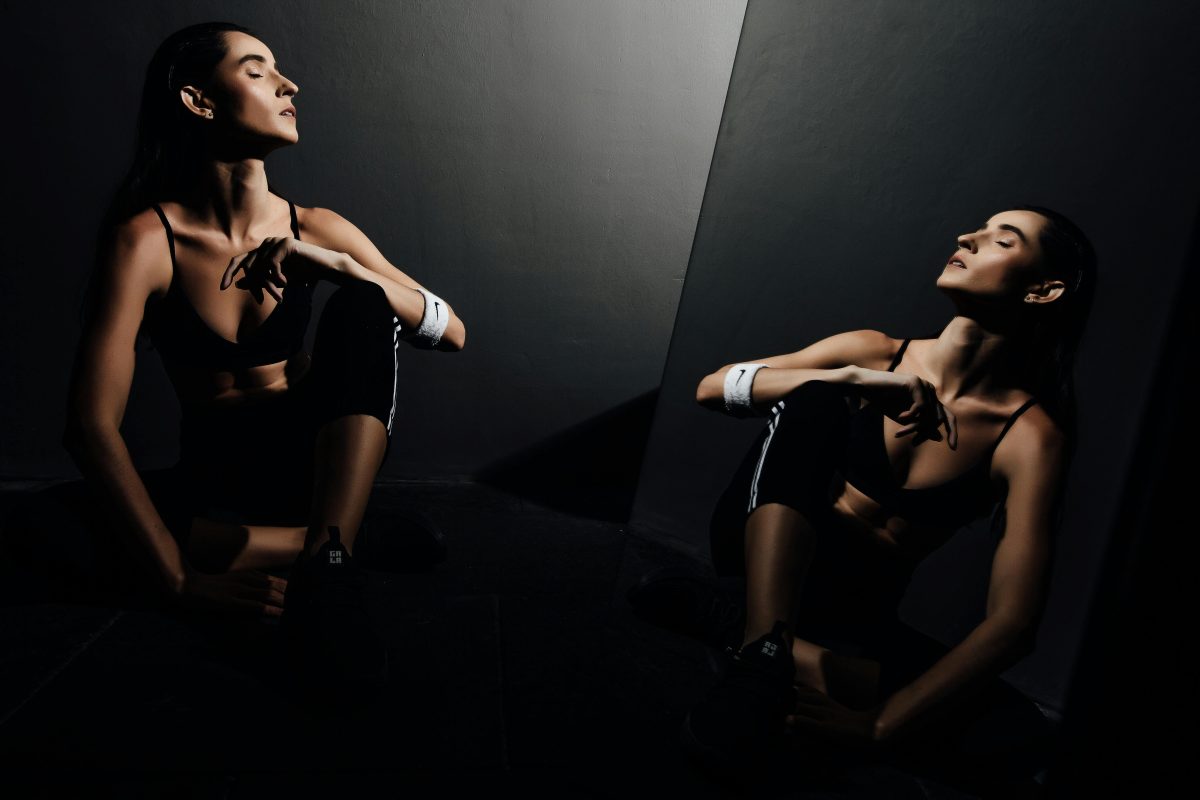
At the heart of athletic performance lies a seemingly simple yet crucial piece of attire: the sports bra. Its role extends far beyond mere comfort, directly influencing an athlete’s ability to perform at their peak. The right sports bra not only supports but also enhances movement, making it an indispensable tool in the arsenal of any sportswoman.
However, the consequences of selecting the wrong sports bra can be far-reaching. Wearing an ill-fitting or inadequate sports bra not only hampers performance but can also lead to serious health implications. From discomfort and skin irritation to more severe issues like chronic back pain and posture problems, the stakes are high. Moreover, the risk of breast tissue damage escalates, underscoring the need for careful selection.
Understanding these dynamics is the first step towards making informed choices that bolster both health and performance. As we delve deeper into how to choose the right sports bra, remember, it’s not just about the fit; it’s about empowering your athletic journey.
Understanding Your Needs

Identifying your level of activity is paramount. Whether your exercise routine involves low, medium, or high impact activities, each demands a specific type of support. Low-impact exercises, such as yoga or walking, require less support, allowing for more flexibility in choice. Medium-impact activities, think cycling or hiking, necessitate a balance between comfort and support. High-impact sports, like running or aerobics, call for maximum support to minimize movement and protect against potential damage.
Equally important is considering your personal comfort and style preferences. The perfect sports bra should feel like a second skin, blending seamlessly with your body to provide support without sacrificing style. With a myriad of designs, from racerback to compression, there’s a fit for every body type and aesthetic preference. Remember, the right sports bra not only boosts your performance but also elevates your confidence, making it a critical component of your workout wardrobe.
- Low-impact activities: Yoga, walking – require less support.
- Medium-impact activities: Cycling, hiking – balance between comfort and support.
- High-impact activities: Running, aerobics – demand maximum support.
By taking the time to assess both your activity level and personal preferences, you’re on the path to finding a sports bra that aligns with your needs. This careful consideration ensures that your focus remains on your performance, not on adjusting your attire. Let your sports bra be a testament to your dedication, a partner in your athletic endeavors, empowering you to reach new heights.
The Science of Support
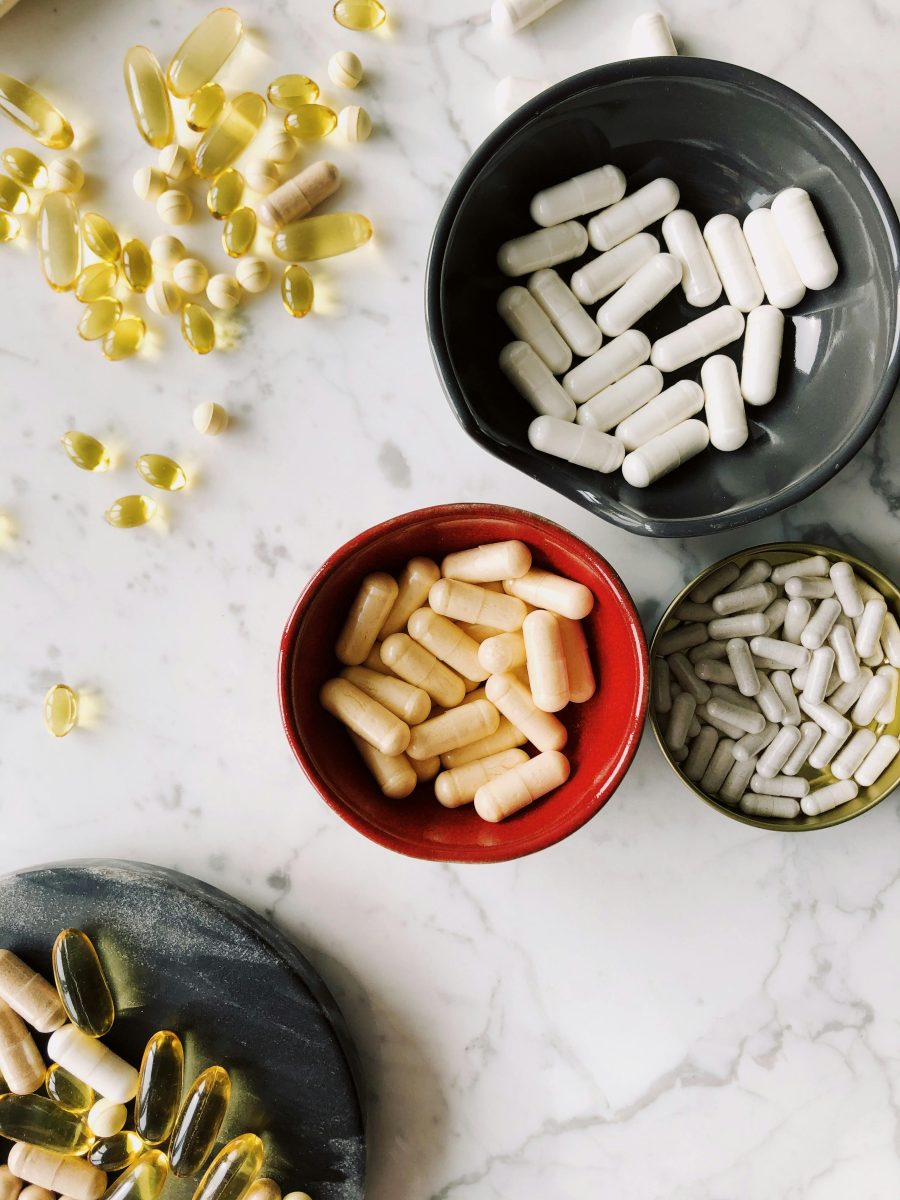
Sports bras are more than just workout gear; they are marvels of engineering designed to support and protect your body during exercise. The right sports bra can make all the difference, reducing discomfort and preventing long-term sagging. But how exactly do they provide this essential support? Let’s dive in.
How Sports Bras Provide Support
At their core, sports bras utilize a combination of compression and encapsulation to minimize movement. Compression bras press the breasts against the chest, ideal for low to medium-impact activities. Encapsulation bras, on the other hand, have individual cups that surround and support each breast, suitable for high-impact activities. This dual approach ensures that regardless of the activity, there’s a sports bra designed to offer the support you need.
The Difference Between Compression and Encapsulation Bras
Understanding the distinction between compression and encapsulation bras is key. Compression bras are typically pull-over designs that create a uniform pressure around the chest. Encapsulation bras resemble regular bras but with enhanced support features, such as wider straps and a more structured cup design. Each type has its place, depending on the exercise and personal comfort preference.
The Importance of Material and Technology in Sports Bras
The materials and technology behind sports bras are as crucial as their design. Advanced fabrics that wick away sweat, breathable mesh panels, and stretchable yet supportive materials combine to create a garment that’s both comfortable and functional. Innovations in fabric technology also mean that sports bras can now offer UV protection, anti-odor properties, and even moisture management. These features not only enhance performance but also ensure the longevity of the bra, making it a worthy investment for any athlete.
- Compression bras: Ideal for low to medium-impact activities.
- Encapsulation bras: Suitable for high-impact activities.
- Material technology: Sweat-wicking, UV protection, anti-odor.
Choosing the right sports bra is a blend of science and personal preference. By understanding the mechanics behind sports bra support, the differences between their designs, and the importance of material technology, you’re well-equipped to select a sports bra that meets your needs. Remember, a good sports bra is an investment in your health, comfort, and performance. Let it be a foundation of your workout wardrobe, empowering you to exercise with confidence and focus.
How to Measure for the Perfect Fit
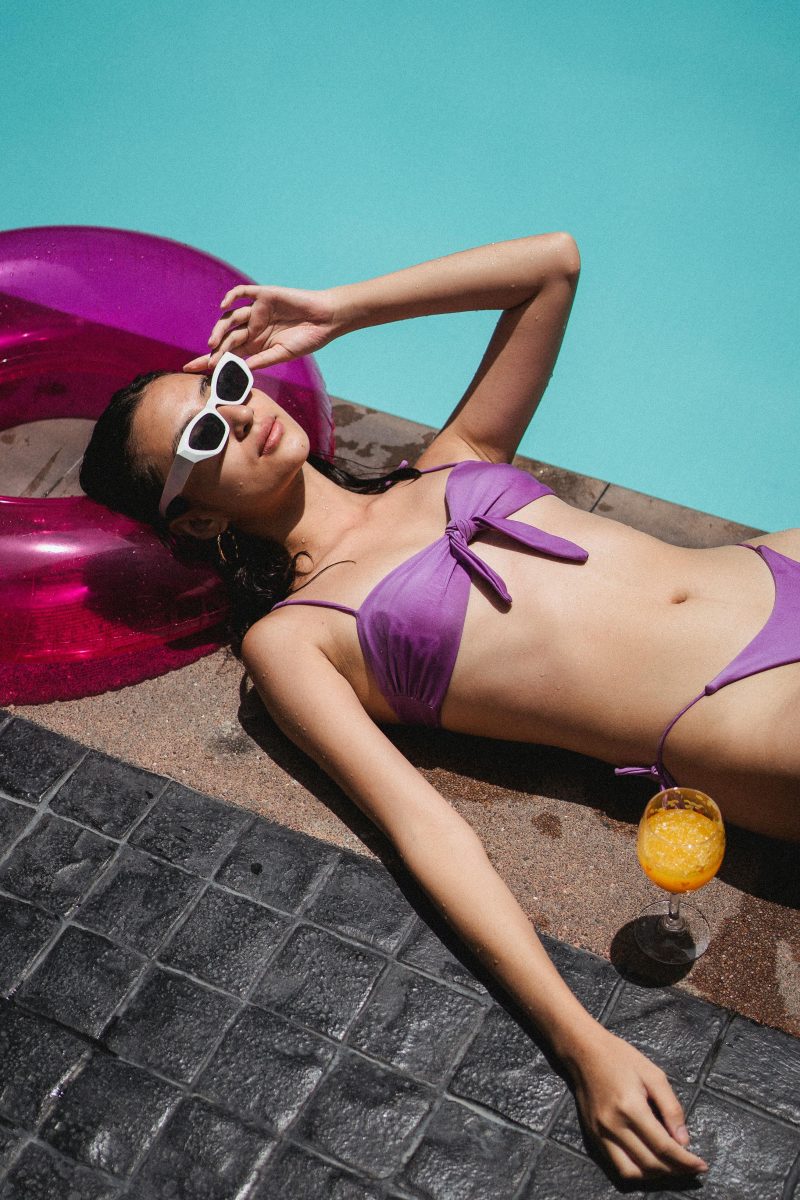
Securing the right sports bra starts with accurate measurements. Begin by finding your band size. Wrap a measuring tape snugly around your ribcage, directly under your bust. Ensure the tape is level and tight, but not constricting. Note this number down.
Next, measure your bust size. Place the tape at the fullest part of your bust, keeping it level but not tight. This measurement should be looser than the band measurement. The difference between your bust size and band size determines your cup size.
For instance, a 1-inch difference usually indicates an A cup, with each inch representing a step up in cup size. This simple formula is your gateway to understanding bra sizes, including sports bras, which often follow the same sizing principles but are designed for specific types of support.
Tips for Ensuring an Accurate Measurement
- Stand straight and breathe normally while measuring, ensuring natural posture.
- Use a soft measuring tape for comfort and accuracy.
- Measure in front of a mirror to ensure the tape is level around your body.
- Consider getting professionally measured at a lingerie or sports apparel store for the most accurate sizing.
Understanding bra sizes is crucial, especially when selecting sports bras. Sports bras may offer compression or encapsulation, as mentioned earlier, and knowing your accurate size helps in choosing the right type of support. Whether it’s for low, medium, or high-impact activities, a perfectly sized sports bra is essential for both comfort and performance.
Remember, the goal is to find a sports bra that feels like it’s barely there while providing all the support you need. By taking the time to measure yourself properly, you’re setting the stage for enhanced athletic performance and overall well-being. Let your sports bra be your ally in every workout, empowering you to focus on reaching your fitness goals.
Key Features to Look For in a Sports Bra
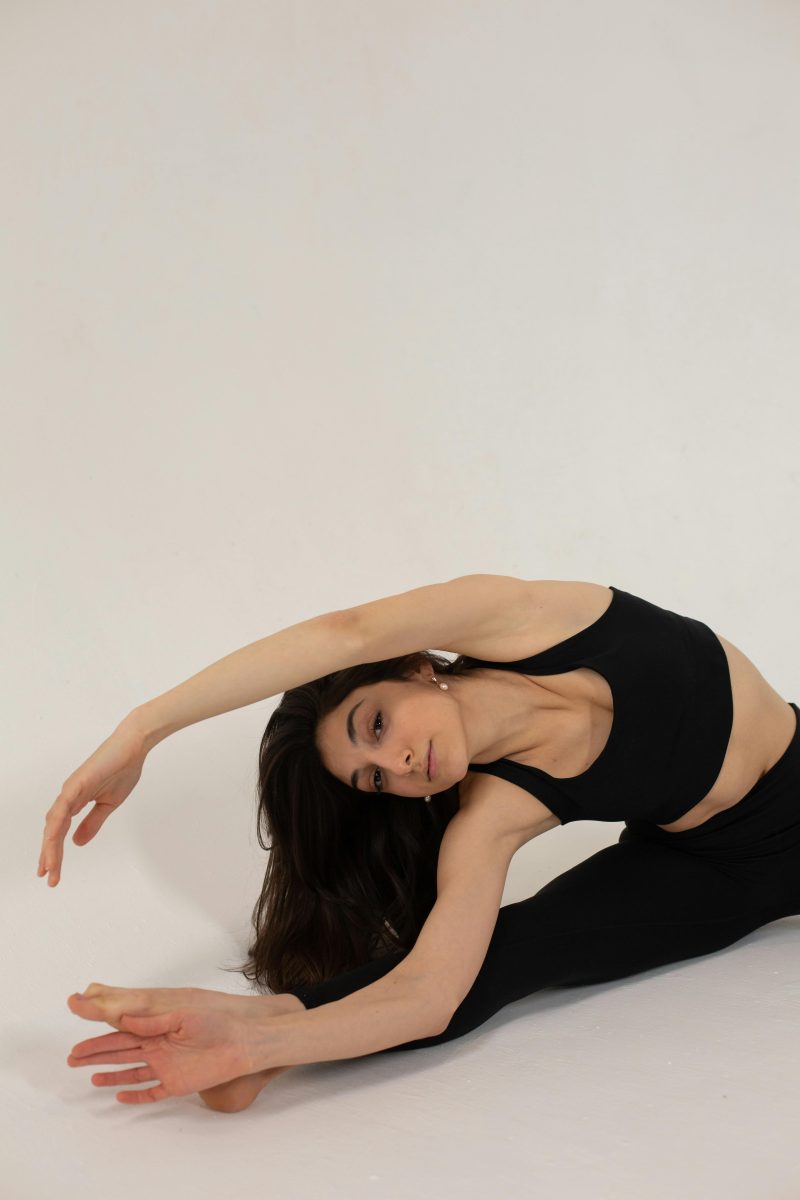
When selecting a sports bra, certain features stand out as essential for maximizing comfort and performance. Adjustable straps and closures offer a customizable fit, ensuring the bra adapts to your body’s unique shape. This flexibility is crucial for accommodating changes in size due to fluctuations in weight or muscle tone, making your investment last longer.
Moisture-wicking fabrics are another non-negotiable feature. They keep you dry and comfortable, pulling sweat away from your skin to the fabric’s surface where it can evaporate. This technology not only enhances comfort during intense workouts but also helps prevent skin irritation and chafing.
Breathable materials further contribute to a comfortable workout experience by allowing air to circulate close to the skin. This ventilation is vital for regulating body temperature and keeping you cool and dry, even in the most demanding physical activities.
Finally, the decision between padding and underwire is a personal one, with each having its pros and cons. Padding offers additional support and shape, which can be beneficial for those seeking extra coverage. Underwire, on the other hand, provides a more defined separation and support, especially beneficial for larger bust sizes. However, it’s important to ensure that the underwire doesn’t dig into your skin, as this can cause discomfort and restrict movement.
By prioritizing these key features, you’re well on your way to finding a sports bra that supports your athletic endeavors while ensuring maximum comfort and performance. Remember, the right sports bra is a crucial ally in your fitness journey, empowering you to focus on achieving your goals.
Trying On and Testing Out

When trying on a sports bra, the quest for the perfect fit should be your guiding principle. Begin by inspecting the band; it should feel snug on the loosest hook, allowing room to tighten as the elastic stretches over time. The straps, too, demand attention. They should sit comfortably on your shoulders without digging in or slipping off. A good rule of thumb is that you should be able to slide two fingers under the band and straps with minimal resistance.
- Band: Should feel snug on the loosest hook.
- Straps: Should sit comfortably on your shoulders.
- Cups: Your breasts should be fully contained without any spillage or gaping.
- Center Gore: Should lie flat against your chest, indicating a proper fit.
Performing Movement Tests
Once the sports bra seems to fit statically, it’s time to put it through its paces. Perform a series of movement tests to simulate your workout conditions. Jump, jog in place, and swing your arms. This dynamic testing will reveal any shifting, chafing, or lack of support not apparent when standing still. The sports bra should maintain its position and support throughout these movements, ensuring your focus stays on your workout, not your wardrobe.
Identifying Fit Issues
- Too Tight: Struggle to breathe deeply, band may leave marks.
- Too Loose: Won’t provide adequate support, leading to excessive breast movement.
- Discomfort or Pain: A clear indicator that the fit isn’t right.
Ultimately, the right sports bra should feel like a supportive embrace, snug but not constricting, allowing you to move freely and confidently. Trust your body’s feedback and choose a bra that meets the demands of your activities and the needs of your physique.
Care and Maintenance of Your Sports Bra
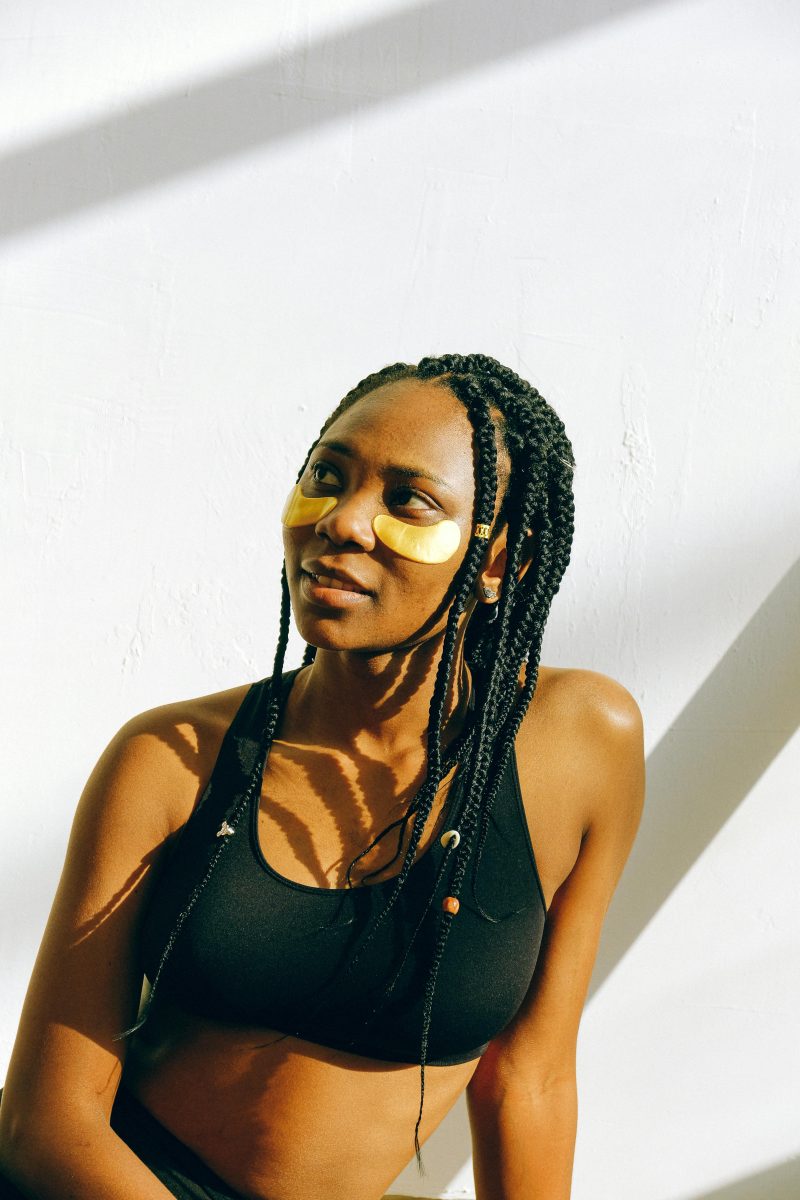
Ensuring the longevity and effectiveness of your sports bra involves more than just selecting the right one; it’s also about how you care for it. Proper washing and drying techniques can significantly extend the life of your sports bra, maintaining its shape, support, and hygiene.
- Washing: Hand washing is ideal, using a mild detergent. If machine washing, use a gentle cycle and place the bra in a mesh laundry bag to protect it. Always fasten hooks and clasps to prevent snagging.
- Drying: Avoid the dryer. Press out excess water and lay the bra flat to dry, reshaping as needed.
- Replacement: Replace your sports bra every 6-12 months, depending on use and care. Look for signs of wear such as stretched bands, fading, or lessened support.
By adopting these care and maintenance tips, you’re not just preserving a piece of athletic gear; you’re investing in your comfort, performance, and well-being. Let your sports bra be a reliable partner in your fitness journey, supporting you every step of the way.
In Closing
Choosing the right sports bra is empowering. It’s a blend of science and personal preference that enhances performance. By understanding your needs, the science of support, and proper care, you can select a sports bra that feels like a second skin. Let this choice be a step towards achieving your fitness goals, encouraging you to embrace the journey with confidence and focus.
How to Choose the Right Sports Bra FAQs
Yes, a properly fitted sports bra can significantly reduce breast pain during exercise by providing adequate support and reducing breast movement. Choosing a bra with the right level of support for your activity can minimize discomfort and prevent strain on the breast tissue and ligaments. It’s important to select a bra that fits well to ensure maximum benefit and comfort.
Yes, you can wear a sports bra every day if it provides the necessary support and comfort for your daily activities. Sports bras designed for daily wear are often made with softer materials and offer more flexibility than those meant for high-impact sports. However, ensure it’s not too tight to avoid discomfort or restricted movement over long periods.
To ensure your sports bra lasts longer, wash it in cold water using a gentle cycle or hand wash, and avoid using fabric softeners as they can break down the elasticity. Air drying is preferable to using a dryer, as high heat can damage the fabric and reduce the bra’s lifespan. Following these care instructions can help maintain the bra’s shape, support, and material integrity.
To know your sports bra size, measure your bust and ribcage to compare with sizing charts provided by manufacturers. Sizing can vary between brands, so it’s important to check each brand’s specific sizing guide. Trying on different sizes can also help determine the best fit, especially if you’re between sizes.
You should replace your sports bra every 6-12 months, depending on how often you use it and how well you care for it. Over time, the elastic and fabric can stretch and lose their ability to provide adequate support. Regular washing and wearing can accelerate this process, so monitoring the bra’s condition and fit is important.
The choice between a sports bra with or without underwire depends on your personal preference and the level of support you need. Underwire bras can offer more shape and support, especially for larger busts, but may not be as comfortable for all-day wear or high-impact activities. Non-underwire bras offer more flexibility and comfort but might not provide enough support for larger cup sizes.
Support level is the primary factor to consider when choosing a sports bra. Different activities require different levels of support, with high-impact sports needing more support than low-impact activities. Additionally, consider the material for breathability and comfort, and ensure the fit is snug but not restrictive.
Moisture-wicking materials are best for sports bras as they help keep you dry and comfortable during exercise. Fabrics like polyester, nylon, or spandex blends are common for their ability to pull sweat away from the skin and dry quickly. Additionally, look for materials that offer stretch for comfort but also maintain their shape and support over time.
If you’re between sizes when choosing a sports bra, it’s often recommended to try both sizes and consider the type of activity you’ll be using it for. For high-impact activities, you might prefer the smaller size for more support, while for lower-impact activities or all-day wear, the larger size might offer more comfort. Additionally, adjustable straps and bands can help customize the fit to your body.
Compression sports bras press the breasts against the chest to reduce movement, while encapsulation bras have individual cups to support each breast separately. Compression bras are typically best for low to medium-impact activities, whereas encapsulation bras offer more support for high-impact activities. Choosing between them depends on your activity level and personal preference for comfort and support.
Orlando is a all round athlete from Australia, now resident in Germany. His sports of passion of American Football(Offensive line), weight training and indoor rock climbing where he uses his 195cm wing span to his advantage.



